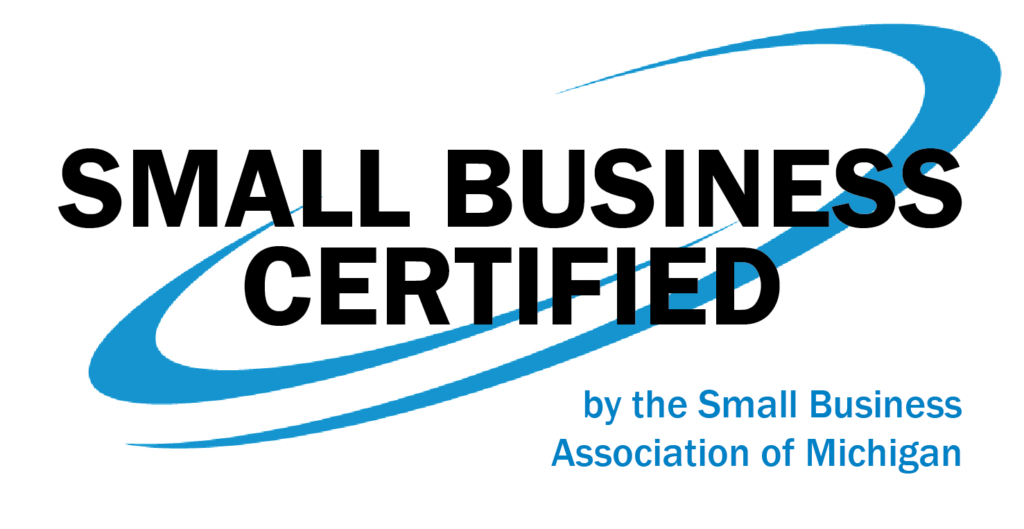What makes a trend? Generally defined as more people doing the same action over time, trends have definitely emerged during the past 10 months as society faced – and continues to deal with – the worst pandemic in a century.
For small businesses, this historic period has dramatically changed the way we work and run our enterprises. And, just as with most trends, these can have both positive and negative outcomes. All require some adaptation on our parts to run our businesses and meet the market’s ever-changing demands.
Let’s take social media for example. A Harvard college student thought it a great idea to easily connect his classmates with each other. The day after its launch, more than a thousand people registered to join the site. The rest, you can say, is history. What started as a trend is now a regularly part of most people’s daily lives.
Just like many trends, Facebook launched with a smaller, enthusiastic following that quickly multiplied into 2.7 billion active users today. At its best, it keeps us connected and allows us to share our lives with others. No time has that been more important than now when many of us – especially our seniors – cannot physically be together. The flip side is that it can lead to psychological issues as our lives are played out on a much bigger stage, allowing for open criticism, judgment and hatred.
Over these past months, I’ve spoken with many small business owners as they shared their heartbreaking struggles and heartwarming successes. As I listened, I heard a crescendo of voices emerge on several specific changes (aka trends) they anticipate will change they way we work and run our offices. Here are just a few:
Trend 1: Work Environments
We’ve likely read about the early trendsetters who transformed office spaces into fun, dynamic environments that encouraged employees to “have it all” at work. Gyms, cafeterias, valet services, flex time, pet friendly … everything you need to work more and stress less. This began to blur the lines between work and life.
Fast forward to 2020. As more companies adopted these practices (and more employees demanded them), a trend occurred that helped prep millions to work from home as a precaution against a deadly virus. Spare bedrooms, basements and kitchen tables quickly became workstations for those able to keep their jobs and businesses.
Will this trend change the way we work hence forward? Most business owners who I’ve talked with agree that there will be a gradual return to the office which may look very different from pre-COVID days. Cubicles may resurface for social distancing while a list of new health safety measures, including masks and temperature checks, will surely be activated by concerned business owners.
Trend 2: Virtual Events
Remember when businesspeople used to gather in large numbers at fantastic venues for conferences filled with speakers, breakout sessions, dinners and social activities? While it was just one short year ago, one event after another either cancelled or went to a virtual platform. Even now, organizations aren’t quite sure if they will risk an in-person event given the hours of planning and costs involved and the uncertainty of COVID.
This trend, too, comes with both its perks and quirks. On the plus side, there is less travel, time away from the office and, typically, less costs. Conversely, we miss the dynamics of meeting with our peers, sharing ideas and creating memories.
I do believe in-person events will make a comeback but, perhaps, with accompanying virtual options. The box has been opened and, depending on your preferences, the future may hold more choices for participation.
Trend 3: Business Agility
Without much advance warning, COVID-19 made its deadly move from Wuhan, China, to 216 countries and territories. When it reached the U.S., small businesses had very little time to adapt to government mandates and a radically changing marketplace. Throw in regularly changing rules and regulations that no one could predict, and business owners did their best to survive.
Several SBAM members moved into action very quickly, reoutfitting their manufacturing operations or adjusting service offerings to meet the immediate needs prompted by the pandemic. Others, especially restaurants and entertainment venues, felt the sheer brunt of the mandates that closed their establishments or allowed them to operate on an extremely limited basis. Even then, pods, igloos and heaters popped up to make accommodations as rules, and the weather, changed.
Small business is known for being scrappy and agile. While COVID pushed these characteristics to their limit, today’s owners have always known that we must anticipate, prepare and thrive to meet the needs of our consumers.
Trend 4: Kindness
So, I had to throw kindness into the mix of trends that have surfaced during these most difficult of times. The pessimists among you may challenge me on this one. We all know there are many issues that we can disagree on. I believe, however, that there are many more that we, as business owners, can agree on as we emerge from the pandemic.
I have witnessed firsthand the kindness of SBAM members to each other, their employees and their communities. They have offered each other a hand up, a shoulder to lean on, trusted advice and precious resources. Throughout, too, SBAM has served as a sound foundation to turn to as we navigated these turbulent seas, together.
We have much to be thankful for – our health, each other. Michigan will turn to all of us small business owners to right the ship and rebuild our economy in the days ahead. Now, that’s a trend that I can certainly embrace, knowing that 28,000 SBAM members will come alongside me.

